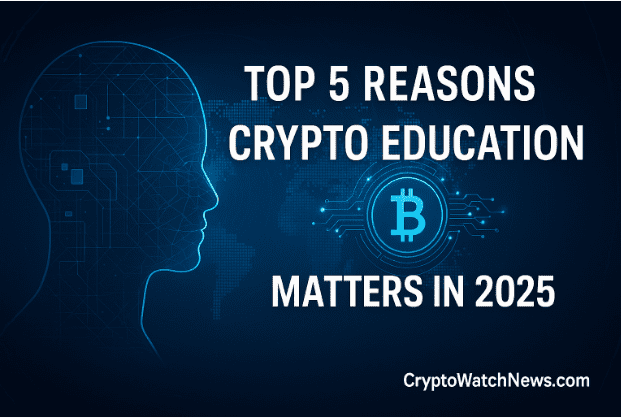Support Cognitive Rehabilitation for Neurological Conditions
Conditions like traumatic brain injury, Alzheimer’s disease or multiple sclerosis often impair memory, focus and learning. Brain injuries affect 2.5 million people each year in the U.S., and assisting rehabilitation is vital to increase healing. BCIs are crucial in this toolkit when integrated with neuromorphic systems that can help reengage brain areas that have become underused or inactive.
For example, BCIs may guide the brain through tasks that stimulate plasticity, such as memory games or attention exercises. Neuromorphic processors or brain chips adapt how learning happens based on your brain’s responses, keeping you in the optimal zone.
A study found that these systems could replicate the fluctuations of a spiking neural network, closely resembling the human brain and synaptic functions. A digital twin can help the physical brain and the BCI blend seamlessly, allowing it to assist with rehabilitation and personalized medical treatments. This could heal or support damaged human systems.
Increase Accessibility in Education and Skill Training
Neuroplasticity isn’t just about healing. It’s also about growing, like learning a new language, mastering a skill or adapting to new environments. Neuromorphic-enabled BCIs can create adaptive learning systems that track brain activity while you learn and adjust the material or pacing in real time.
This results in a learning system that personally teaches you instead of treating you as an average student. It respects your natural rhythms by offering new ways to train the brain.
5. Help Prosthetics Feel More Natural
One of the most promising uses of invasive BCIs is helping people with limb loss control robotic prosthetics. The BCI reads the brain’s motor intentions, while neuromorphic processors translate them into fine-grained movement, building a bridge that connects to the artificial limb.
This feedback loop triggers the brain’s plasticity, encouraging the cortex to remap itself to treat the prosthetic as part of the body.
6. Slowing Down Cognitive Decline in Aging Populations
Neuroplasticity naturally declines with age, but it never disappears. BCIs encouraging active brain engagement, such as puzzle-solving or movement visualization, can help older adults maintain mental sharpness.
With neuromorphic support, these systems can adjust difficulty levels on the fly and respond to user progress without delay, creating smoother interactions for people who may not be tech-savvy.
Imagine a daily brain-training headset that adapts to your energy level and gently guides and challenges your self-regulation, language or logic skills — kind of like having a personal cognitive trainer embedded in your reading glasses.
7. Improve Emotional Regulation and Mental Health Therapy
It’s not just movement and memory. Emotional processing also lives in the brain, and it’s changeable.
BCIs are already being tested as tools to support emotional regulation by identifying patterns linked to stress, anxiety or depression. Users receive cues when they’re veering into dysregulated states, and neuromorphic systems personalize them over time.
Instead of relying on static app-based journaling, you get a brain-aware feedback system that evolves with your mental state.
8. Open the Door to Personalized Brain Training
A final, futuristic benefit is custom brain training. Imagine using BCIs to fine-tune brain activity for mathematical problem-solving, creativity, spatial reasoning and decision-making, depending on your goals. Think of optimizing your brain like a muscle.
Because neuromorphic processors learn from your unique electrical patterns, this training could help the brain build new circuits in a way that generic apps or self-help programs simply can’t.
It’s in the early days of development, but the potential is massive.
A Smarter, More Adaptable Brain?
Can BCIs and neuromorphic systems support neuroplasticity? The short answer is yes — in some cases, they already do. It’s the beginning of a paradigm shift in how people interact with technology and how it can help the brain heal, grow, and adapt.
These technologies are still evolving, raising complex questions about ethics, accessibility, and data privacy. However, the possibilities they offer for recovery, learning and self-improvement are unlike anything before.
Your brain has always had the power to change. Now, it might have the tools to do so faster, deeper, and more intentionally.











